Friday, 10 May 2024
Menu
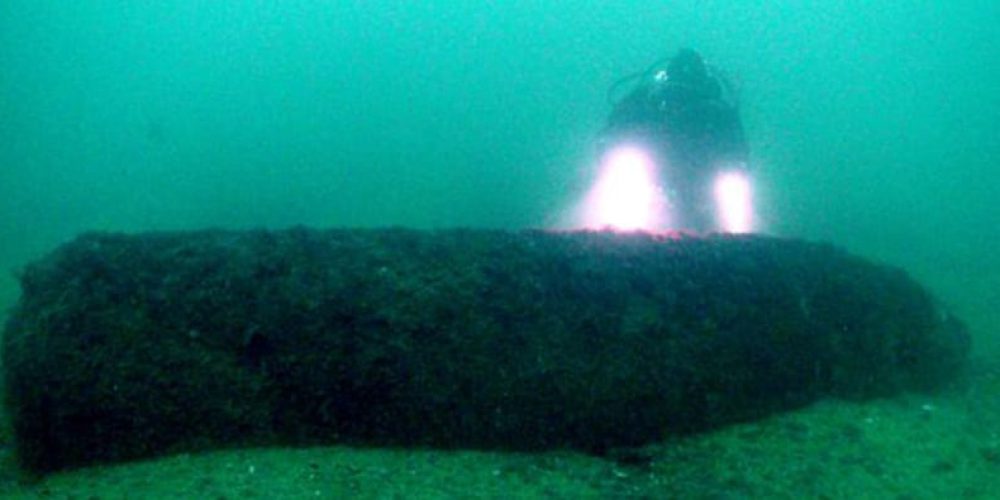
While diving near Falmouth, Cornwall, on the English Channel, Mark Milburne came across a strange object on the bottom. Luckily he was equipped with a camera and captured his find on video, then alerted the Coastguard, who in turn referred him to the Royal Navy.
In the meantime, the Coastguard and water rescuers from Falmouth established an exclusion zone of 1,000 metres in diameter around the find. As it turned out, they were right to do so, as the unexploded ordnance lying underwater could have caused a lot of problems…
In the course of investigating what the diver encountered underwater, it was determined that it was a German World War II parachute mine, the so-called Luftmine, or by the English referred to as a parachute mine or g-mine.
These types of charges were extremely powerful and were designed to destroy targets on land. They were dropped by parachute to maximise the destructive effect they could have. Exploding before they reached the ground, they were able to destroy buildings within a radius of up to 100 metres.
A special branch of the Royal Navy – the Explosives Ordnance Disposal Unit – was called to the site and ‘took care’ of the find. On 29 November it was safely detonated.
Speaking to local media representatives, Mark Milburne, who runs the local dive centre Atlantic Scuba, admitted that he has come across similar finds before. There were many bombs dropped in the Falmouth area during World War II. As you can see quite a few of them are still lying on the bottom of the coastal waters.
Source: bbc.com Photo Mark Milburne
[pro_ad_display_adzone id=”31298″]

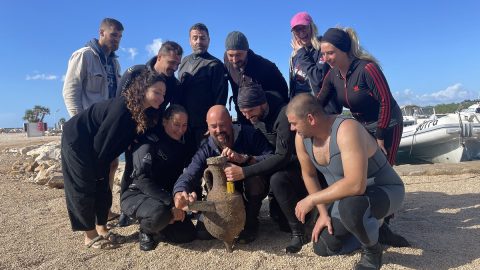
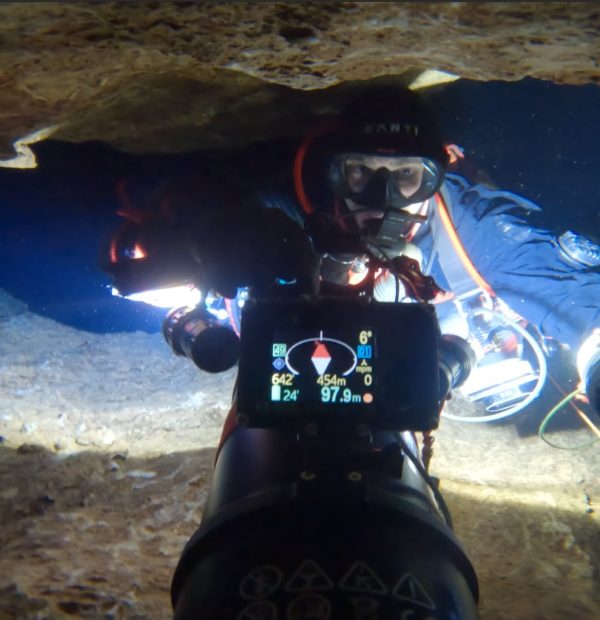


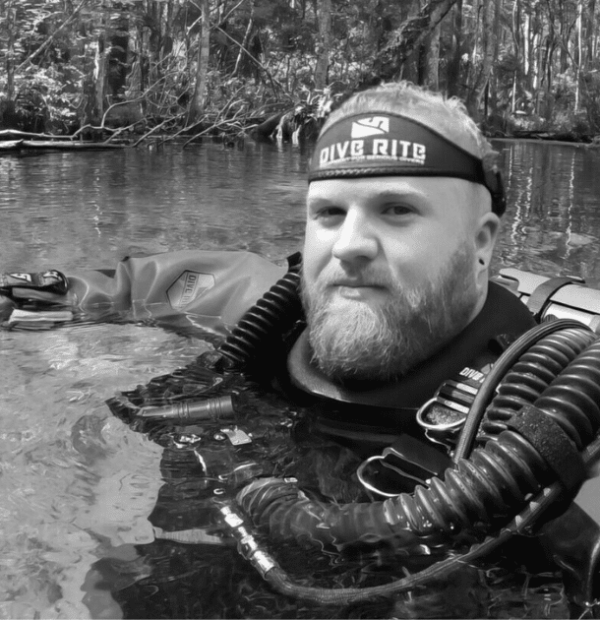

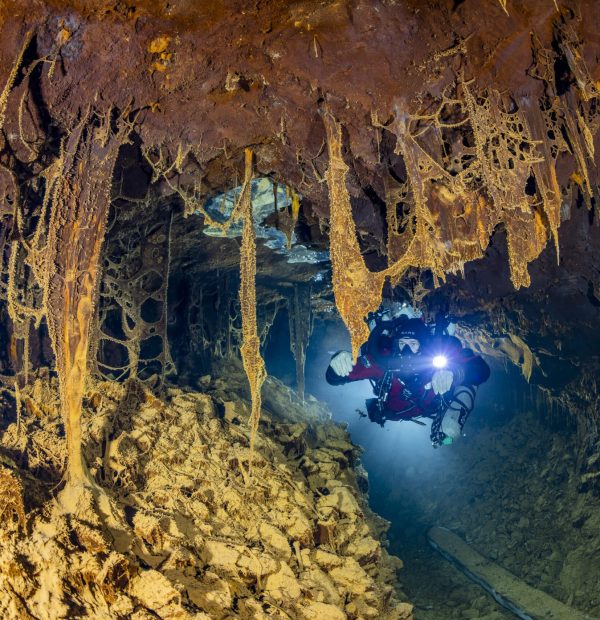
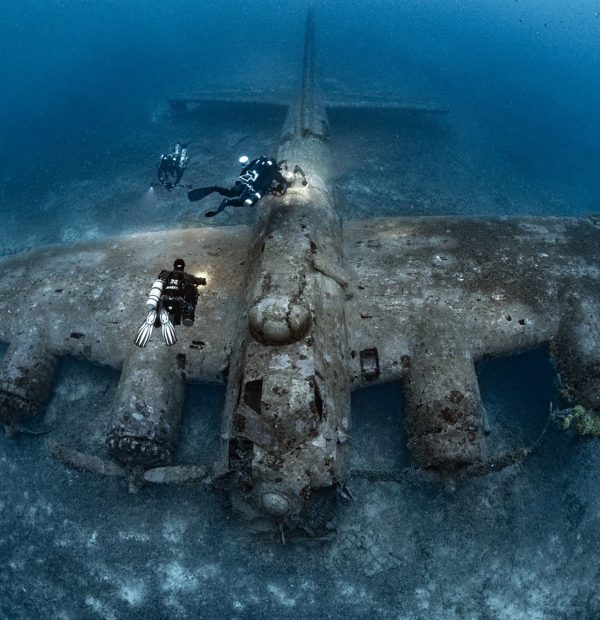

Welcome to DIVERS24.COM, your daily source of scuba news, freediving, scuba diving information, and equipment reviews. Our comprehensive coverage of the dive industry from A to Z provides you with all the latest scuba news, training updates, underwater photography tips, and everything else related to scuba diving. Whether you’re a beginner or an experienced diver looking for more knowledge about scuba gear or techniques – we’ve got it covered! With our in-depth articles written by experienced divers who have been there and done that, you are sure to find exactly what you need here at Divers24.com. Dive into scuba news today!
Underwater Media Sp. z o.o.
Szafarnia 11/F8,
80-755 Gdansk, Poland
Welcome to DIVERS24.COM, your daily source of scuba news, freediving, and scuba diving information. Sign in for a weekly news update and discount coupons for dive gear and apparel.
@2023 - underwatermedia.pl. All Right Reserved. Designed and Developed by Tworzenie stron internetowych Gdansk

The Divers24 portal is currently the largest online medium treating diving in Poland. Since 2010 we have been providing interesting and important information from Poland and around the world on all forms of diving and related activities.
Contact us: info@divers24.com